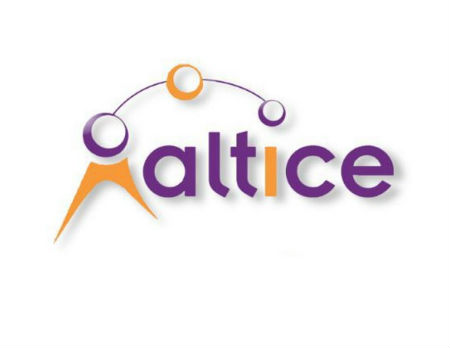Altice’s Tech Synergy Challenge

Altice Group turned a few heads this week with claims that it could squeeze $900 million in synergies from its proposed $17.7 million acquisition of Cablevision Systems.
While deep cost-cutting is expected to play a big part in helping Altice reach that goal, the company could face major challenges harmonizing the technical operations of Cablevision and its other U.S. cable pursuit – Suddenlink Communications.
While Cablevision and Suddenlink operate residential services on similar HFC networks, their product game plans differ greatly. It’s too early to say whether Altice will pick winners and losers from each camp or look to adopt technologies and platforms it’s using today in Europe.
However, Altice chairman Patrick Drahi did shed some light on how the company might improve technical operations when he spoke Thursday (September 17) at the Goldman Sachs Communicopia conference in New York. The plan for Cablevision’s relatively dense network involves pushing fiber deeper and eliminating the electrified amplifiers required between the home and the fiber node (Comcast, per Light Reading, has been utilizing this sort of “N+0” architecture in markets it is deploying its fiber-based Gigabit Pro residential 2 Gigabit per second broadband service).
“We need to push the fiber and get rid of the amplifiers,” Drahi said, suggesting that the cost of running the Cablevision network should be about half the cost of running Altice’s network in France. “It is a little more expensive for your capex. But it is for a short period of time because you eliminate your electricity bill. The good thing is when you do that you don’t have any more amplifiers and you don’t have to pay to maintain the amplifiers. The whole cycle of expense decreases just by the simple measure, which is to push further the fiber.”
By product category, here are some of the big differences between Cablevision and Suddenlink’s tech-driven product strategies.
Video boxes/platform
Multichannel Newsletter
The smarter way to stay on top of the multichannel video marketplace. Sign up below.
Suddenlink: Next-gen approach driven by TiVo boxes and TiVo-powered devices equipped with broadband connections, CableCARD security, and integration with Netflix and other apps.
Cablevision: Boxes from Samsung and others that run a new form of downloadable security platform that relies on tech from Cisco/NDS.
Network DVR
Suddenlink: None
Cablevision: MultiRoom DVR service lets subs record up to 15 shows at once.
Home security/automation
Suddenlink: Offers service based on the Alarm.com platform.
Cablevision: None.
WiFi Network:
Suddenlink: Limited largely to support in in-home devices.
Cablevision: More than 1 million quasi-public hotspots through deployment in home-side routers and in business and public locations. Part of Cable WiFi roaming alliance with Comcast, Time Warner Cable, Cox Communications and Bright House Networks.
Wireless Voice Service:
Suddenlink: None
Cablevision: Launched Freewheel, a WiFi-only offering, in February.
Broadband Speeds
Suddenlink: As a component of its Project GigaSpeed project, the operator recently began to roll out a 1 Gigabit per second residential tier in select markets that leans on a new DOCSIS 3.0-powered device from Hitron Technologies Americas.
Cablevision: Its top residential cable modem tier tops out at 101 Megabits per second.
Broadband Usage Policies
Suddenlink: Has rolled out a monthly data plan whereby customers can purchase buckets of additional data for $10 if they exceed their monthly allotment.
Cablevision: Residential broadband service is uncapped and unlimited.
-Multichannel News Senior Finance Editor Mike Farrell contributed to this report.
